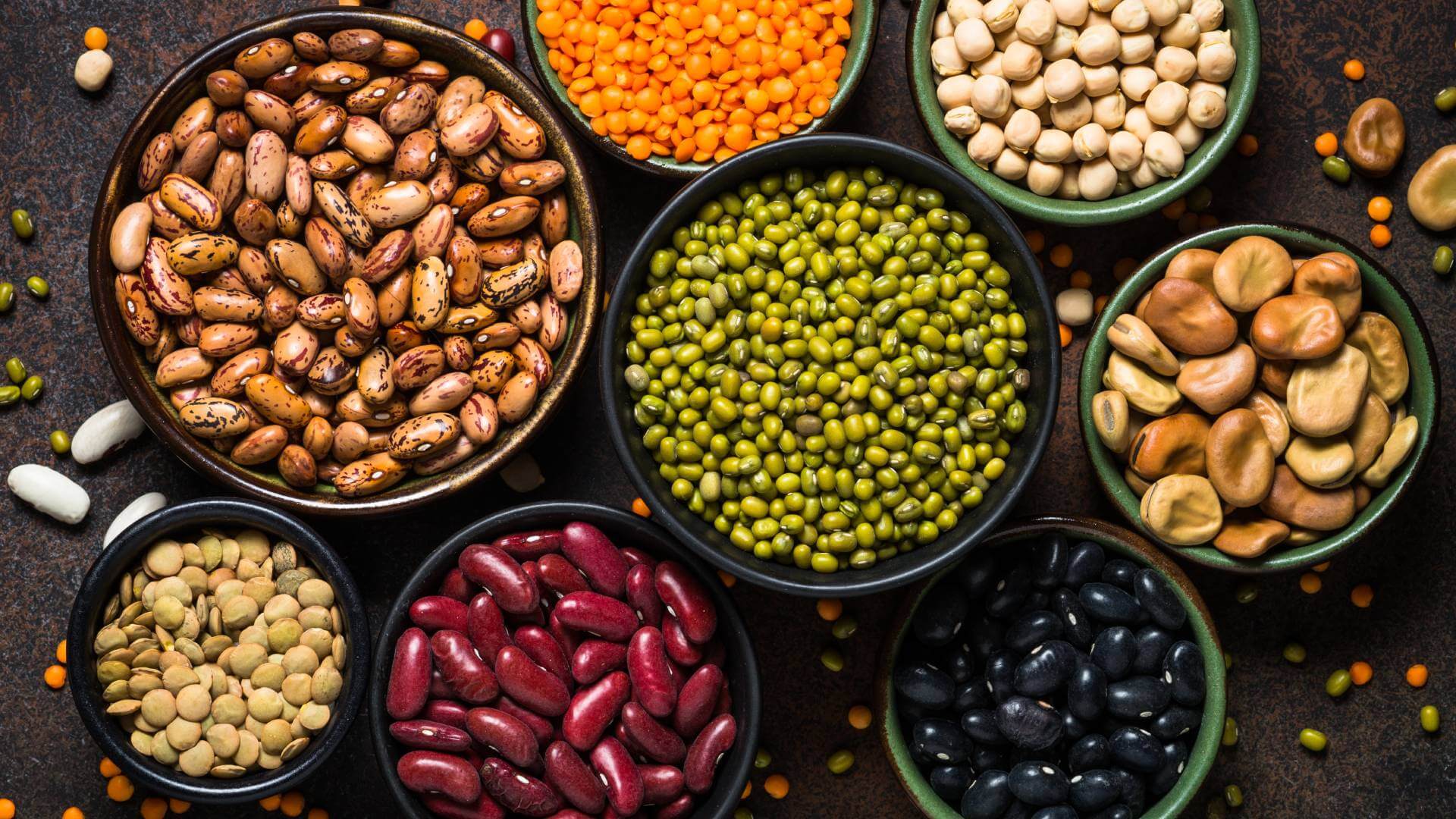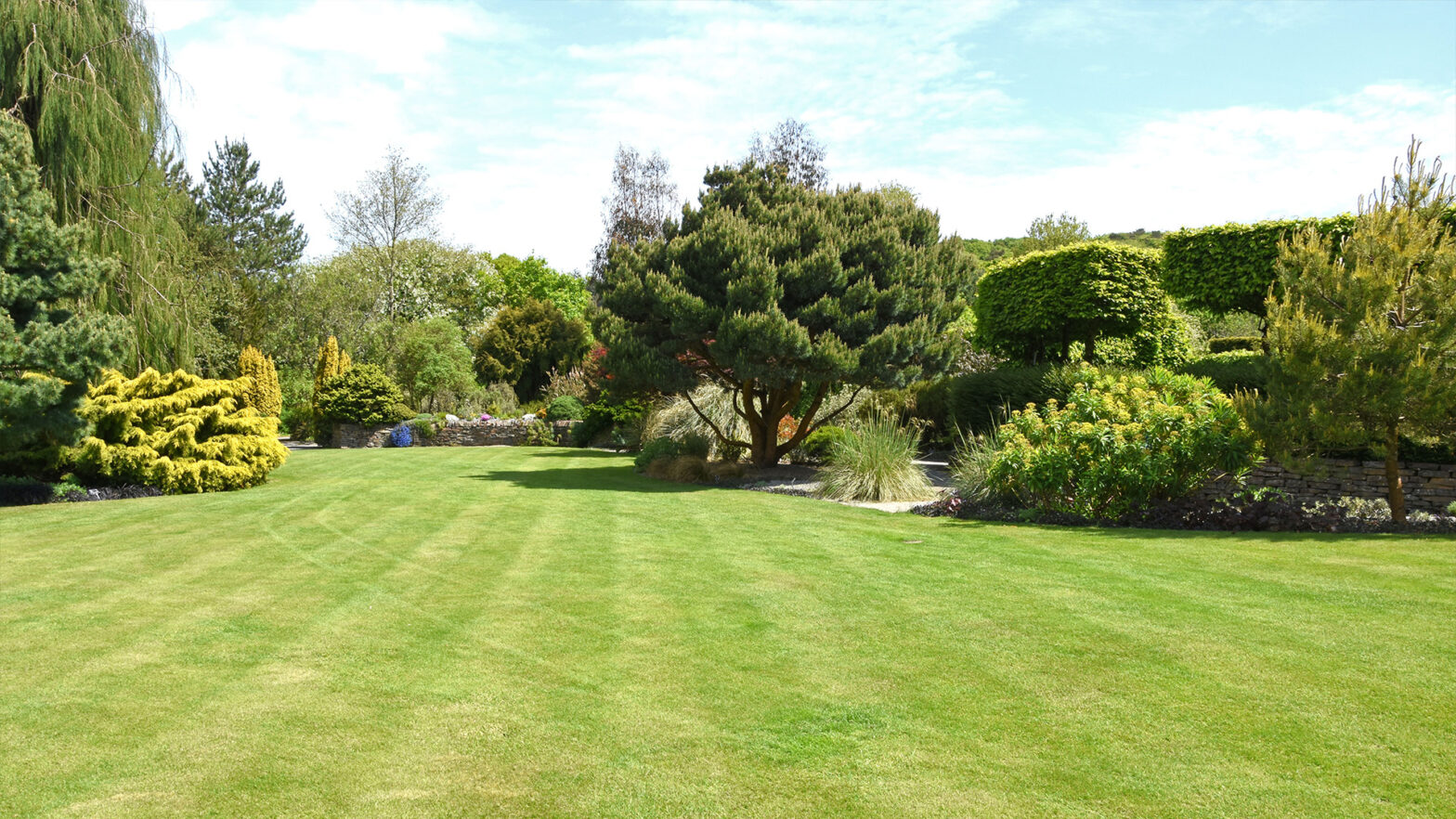
As people continue to move towards sustainability, their diets are changing. Vegetarian, vegan and variations to those continue to rise in popularity. These diets consist of consuming vegetables, fruits, whole grains, nuts and legumes while cutting back or eliminating meat and animal products. However, many still question whether those eating a plant-based diet get enough protein.
No worries — there are plenty of protein options, and you can even grow your own plant-based protein in your garden!
Protein-Packed Plants You Can Grow in Your Backyard
Protein comes in all forms of vegetables, grains and legumes. You don’t have to stick to growing beans and pulses as your primary protein source. Here are some plants you can grow to ensure you get enough protein in your diet.
Green Leafy Vegetables
Did you know that some green leafy vegetables contain protein? These veggies grow in just over a month, and they do best in cooler weather, like spring or later fall. Grow them in partially shaded areas for the best flavor, nutrient and protein content.
Spinach and kale provide plenty of vitamins, minerals and protein, and you can grow them right in your backyard. They make for a tasty salad and incorporate well into stir-fry dishes.
Legumes
Soybeans, peanuts, beans, peas and chickpeas are all legumes you can grow in your garden for a rich, protein-packed meal. Legumes typically grow in pods and are no more than two-foot-tall bushy plants.
You can grow these plants in rows or a raised bed, and they’re easy to grow and care for as long as you have plenty of sunshine and keep the soil moist. Plus, they add a ton of nitrogen to the soil, making your soil healthy.
Nuts and Seeds
Nuts and seeds make for the perfect on-the-go snack for that extra protein boost. Nuts are more challenging to grow than other plants, but if you feel like you can take on the task, growing your own saves you money and increases your protein intake.
Seeds are easier to grow. Pumpkin seeds and sunflower seeds are a by-product of plants you might already grow. Other super seeds, like flax and chia, are easy to grow. Sow them in a weed-free area of your garden. Water them well, wait for them to ripen, harvest and hang to dry.
Benefits of Growing Your Own Plant-Based Protein
Growing your own plant-based protein has a plethora of benefits, both health-wise and environmentally.
Improves Your Health
Instead of relying on grocery stores, you can reap the health benefits of growing your own proteins at home. Plant-based proteins are lower in calories, and you get a lot of nutritional fiber and vitamins incorporated in them. Eating plant-based a few nights per week also lowers your risk of certain diseases.
Reduces Carbon Emissions and Waste
Foods in grocery stores travel thousands of miles. In that journey, the vehicle for transporting them releases harmful emissions. Plus, since the food has to travel, the flavor diminishes. By growing your own food, you eliminate the need for transportation, and you limit the amount of food packaging waste.
Offers a Learning Opportunity
In growing your own plant-based protein, you learn what it takes to garden and how you can make your crops flourish sustainably. Plus, it’s something that the whole family can get involved in as a healthy and family-friendly activity.
The Power of Plants
A plant-based diet doesn’t have to mean you can’t consume meat products. By having a few plant-based meals a week, you’ll benefit the environment. There are so many plants packed with protein, so don’t be afraid to venture out and grow your own!




















